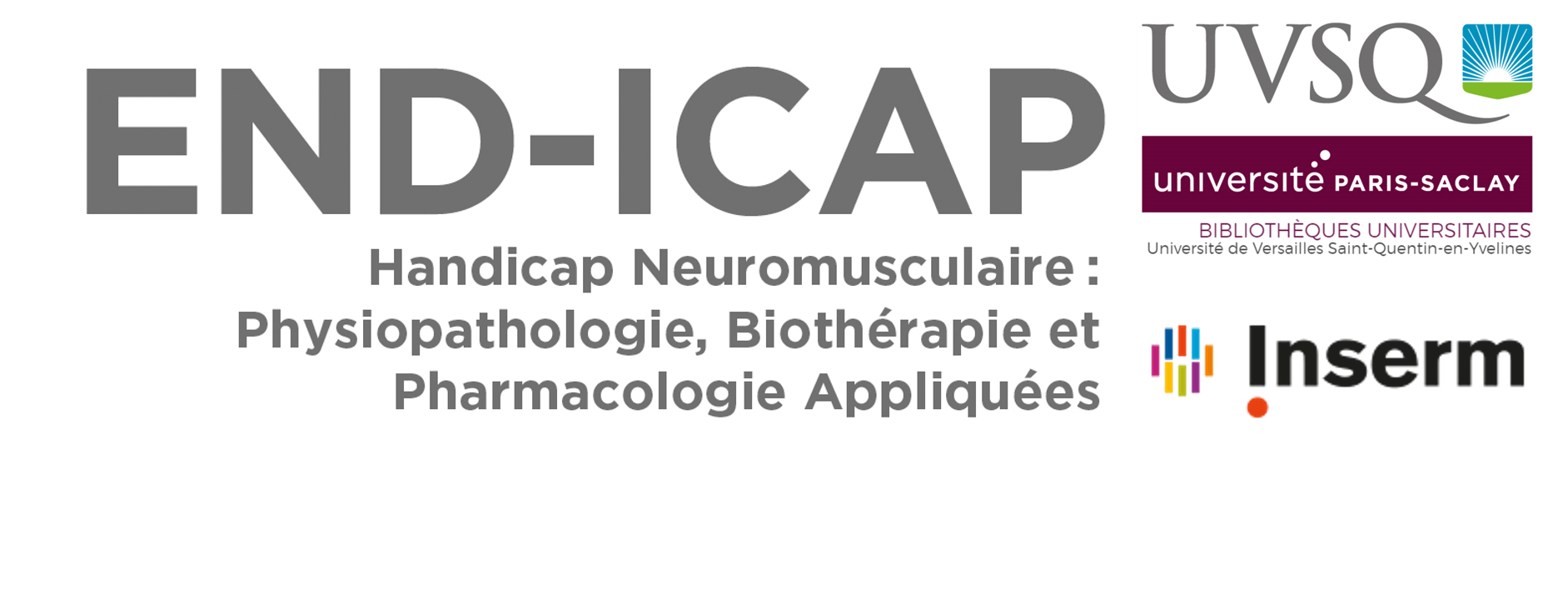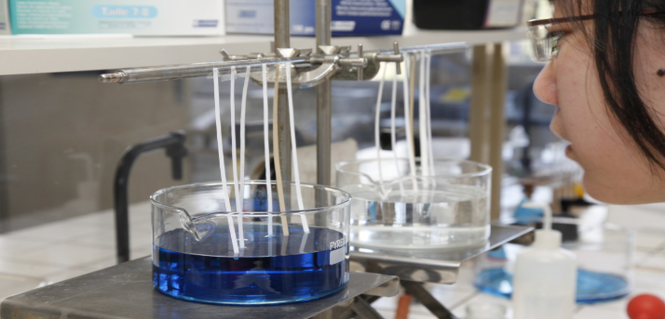Treadmill running and mechanical overloading improved the strength of the plantaris muscle in the dystrophin‐desmin double knockout (DKO) mouse
Résumé
Abstract Limited knowledge exists regarding the chronic effect of muscular exercise on muscle function in a murine model of severe Duchenne muscular dystrophy (DMD). Here we determined the effects of 1 month of voluntary wheel running (WR), 1 month of enforced treadmill running (TR) and 1 month of mechanical overloading resulting from the removal of the synergic muscles (OVL) in mice lacking both dystrophin and desmin (DKO). Additionally, we examined the effect of activin receptor administration (AR). DKO mice, displaying severe muscle weakness, atrophy and greater susceptibility to contraction‐induced functional loss, were exercised or treated with AR at 1 month of age and in situ force production of lower leg muscle was measured at the age of 2 months. We found that TR and OVL increased absolute maximal force and the rate of force development of the plantaris muscle in DKO mice. In contrast, those of the tibialis anterior (TA) muscle remained unaffected by TR and WR. Furthermore, the effects of TR and OVL on plantaris muscle function in DKO mice closely resembled those in mdx mice, a less severe murine DMD model. AR also improved absolute maximal force and the rate of force development of the TA muscle in DKO mice. In conclusion, exercise training improved plantaris muscle weakness in severely affected dystrophic mice. Consequently, these preclinical results may contribute to fostering further investigations aimed at assessing the potential benefits of exercise for DMD patients, particularly resistance training involving a low number of intense muscle contractions. image Key points Very little is known about the effects of exercise training in a murine model of severe Duchenne muscular dystrophy (DMD). One reason is that it is feared that chronic muscular exercise, particularly that involving intense muscle contractions, could exacerbate the disease. In DKO mice lacking both dystrophin and desmin, characterized by severe lower leg muscle weakness, atrophy and fragility in comparison to the less severe DMD mdx model, we found that enforced treadmill running improved absolute maximal force of the plantaris muscle, while that of tibialis anterior muscle remained unaffected by both enforced treadmill and voluntary wheel running. Furthermore, mechanical overloading, a non‐physiological model of chronic resistance exercise, reversed plantaris muscle weakness. Consequently, our findings may have the potential to alleviate concerns and pave the way for exploring the prescription of endurance and resistance training as a viable therapeutic approach for the treatment of dystrophic patients. Additionally, such interventions may serve in mitigating the pathophysiological mechanisms induced by physical inactivity.
Fichier principal
 Moutachi The Journal of Physiology - 2024 - Moutachi - Treadmill running and mechanical overloading improved the strength of the.pdf (3.37 Mo)
Télécharger le fichier
Moutachi The Journal of Physiology - 2024 - Moutachi - Treadmill running and mechanical overloading improved the strength of the.pdf (3.37 Mo)
Télécharger le fichier
| Origine | Fichiers produits par l'(les) auteur(s) |
|---|---|
| licence |




